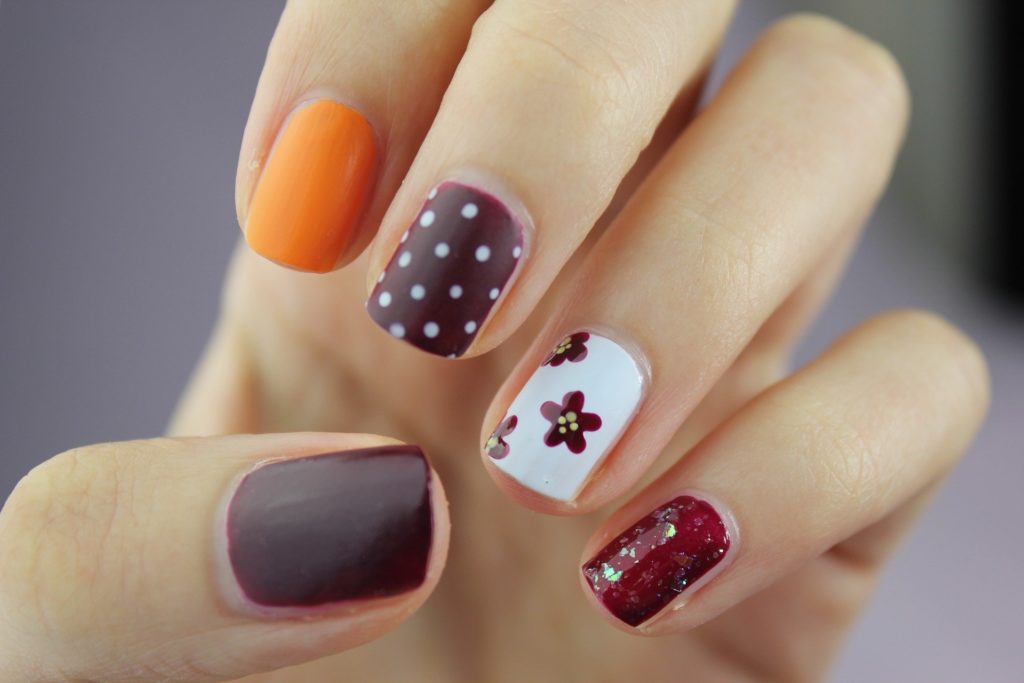
Just like every branch of medicine, podiatry comes with its own trends. Lately, there has been a lot of talk about “healthy” nail polish. But what exactly is it and how (or does) it work? And are pedicures that use them safe?
What Is Healthy Nail Polish?
Most of the time, when people talk about “healthy” nail polish, they generally are referring to nail polish that is “5-free.” What this means is that it doesn’t contain any of the five known carcinogens (camphor, dibutyl phthalate, formaldehyde, formaldehyde resin, and toluene) that are often found in nail polish lacquers. Some nail polishes go one step further, claiming to be 7- or even 10-free.
How Do These Chemicals Affect The Nails?
One of the most dangerous of the chemicals that can be found in regular nail polish is formaldehyde. In addition to being a known carcinogen, it also is one of the most common chemicals to cause atopic contact dermatitis. This type of dermatitis makes the skin very itchy, red, cracked, and swollen. If this happens on the toes, it can lead to significant pain and irritation.
This is the same risk that most of the other chemicals pose, with the exception of camphor, which is most toxic if consumed by mouth.
The other inherent risk that comes along with camphor, dibutyl phthalate, formaldehyde, formaldehyde resin, and toluene is that they have the potential to be absorbed into the body. While the amount of risk has not been specifically measured, it is a non-zero amount which is a good enough reason to switch to a healthier nail polish.
Are Pedicures Safe?
Unfortunately, there is no clear, black and white (or pink) answer to this question. It really depends on a variety of factors.
Pedicures can be safe under specific circumstances. Using safe nail polish is one way of not increasing the likelihood of the issues that can stem from pedicures. Unfortunately, though, the act of removing and applying polish, even if it is the good kind, still damages the hyponychium and the true cuticle. Without these waterproof, protective barriers, the rest of the nail is far more susceptible to infection.
Another issue with pedicure safety stems from the instruments that are used to perform them – nail clippers, drills, and cuticle nippers most frequently. When not subjected to proper sterilization techniques, there is a high risk of infection.
To avoid these issues if pedicures are a non-negotiable, ask the person performing the pedicure not to push back the cuticle. This will avoid damage to the hyponychium, which is where many pedicure related infections come from. It’s also a good idea to research facilities that use disposable liners in the foot bath, which can further minimize risk.
What Should I Look Out For After A Pedicure?
Even with using healthy nail polish, there are still risks involved with any cosmetic changes or services to the feet. Here are a few signs to look out for that may indicate a trip the podiatrist is needed:
- An odor coming from the toenail
- Yellow or white streaking on the toenail
- Crumbling edges or tips of the toenail
- Toenail loss
- Itching, redness, and swelling around the toenail
- Scaling, redness, or itching on the sole of the foot
Healthy nail polish is only one way to enjoy a pedicure in a safe way. Make sure to minimize the risk by only using professional spas and salons that take all of the necessary safety precautions. If any symptoms of toe fungus or other foot issues are seen, don’t hesitate to give us a call. We’d be happy to help!
https://www.podiatrytoday.com/blogged/keys-advising-patients-
